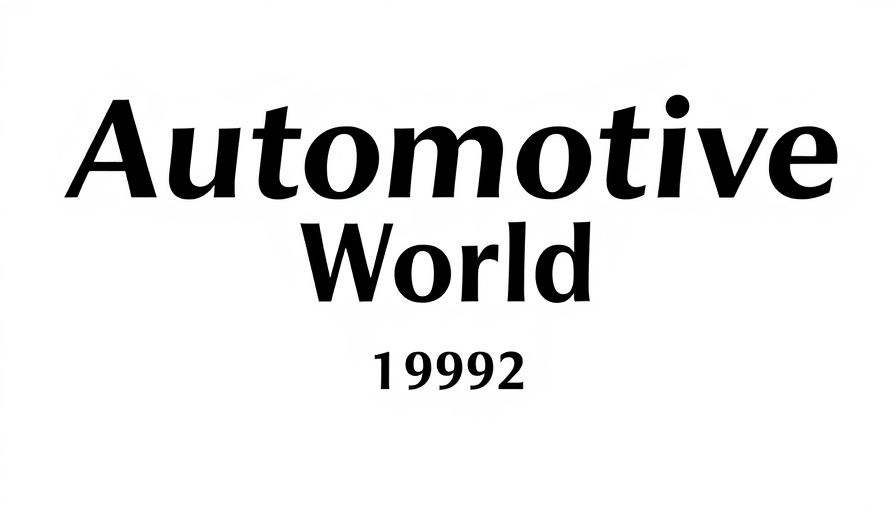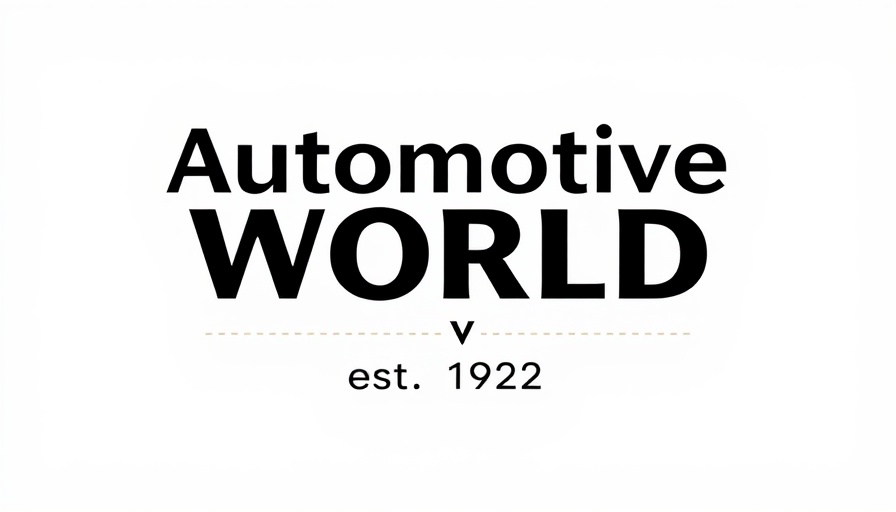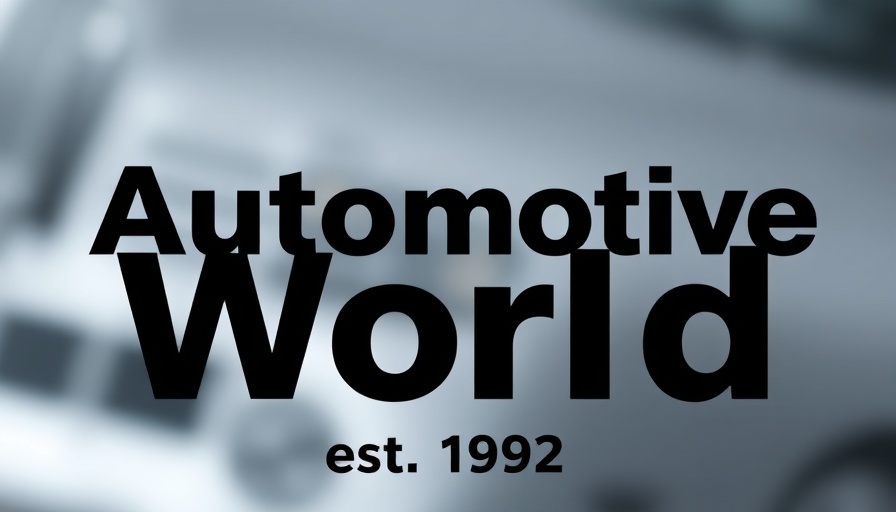
Škoda Auto's Journey in Pakistan: A Historical Perspective
Fifty-five years ago, a significant chapter was added to the legacy of Škoda Auto with the launch of the Skopak in Pakistan. This ingenious pick-up, derived from the Škoda Octavia, was not merely a vehicle but a response to the specific demands of the local market. The Skopak was designed by renowned engineer Josef Velebný, known for his pivotal work on the Trekka, a vehicle that adeptly served the unique landscape of New Zealand.
The Local Adaptation that Led to Skopak’s Creation
In the late 1960s, Haroon Industries Ltd. proposed to Škoda Auto the construction of a rugged vehicle tailored for the Pakistani terrain. The first prototype emerged in spring 1969, highlighting the innovative spirit of Škoda, which has always been about blending quality with local needs. The incorporation of a simple yet effective modular design allowed for different configurations, making this two-seater pick-up versatile for various functions.
Technical Innovations and Features that Defined the Skopak
The Skopak was more than just a compact pick-up; it was a practical workhorse with unique features. Its dimensions of 4.2 metres in length, 1.64 metres in width, and a height of 1.25 metres belied its capacity to carry a payload of half a tonne and tow a trailer of up to 750 kg. Moreover, the clever folding windscreen that could reduce its height to just 1.1 metres showcased Škoda's understanding of the local challenges, giving it an edge in navigating the rugged terrains.
A Brief but Impactful Legacy
Despite the promising start and the innovative steps taken to create the Skopak, the Indo-Pakistani conflict of 1971 halted production abruptly. This military conflict not only affected the political climate but also led to major disruptions in economic activities, ending all vehicle imports into Pakistan. Unfortunately, production of this engaging model ceased without resuming, leaving behind a remnant of what could have been a successful venture.
Lessons Learned from the Skopak Experience
The story of the Skopak is one of ambition thwarted by the circumstances of its time. For dealership owners and automotive sales professionals, this provides a poignant lesson in the interplay between market demands and external factors. The Skopak was designed for a specific audience, illustrating the importance of understanding customer needs — a fundamental principle that extends into today’s auto sales training.
Looking Forward: Implications for Current Auto Sales Practices
As we reflect on the Skopak, it urges auto industry professionals to consider innovative solutions that not only meet market needs but anticipate potential disruptions. Training programs focusing on adaptive strategies and customer engagement, such as auto salesman training, can be critical insights drawn from this historical context. Understanding the market's parameters as well as external influences can empower today’s sales teams to succeed.
This heritage from Škoda serves as a reminder that success in the automotive industry is as much about resilience and adaptability as it is about engineering. With tailored car sales training, dealerships can learn to navigate their unique markets more effectively, inspired by stories like the Skopak, which though short-lived, resonates with powerful lessons still.
 Add Row
Add Row  Add
Add 

 Add Row
Add Row  Add Element
Add Element 




Write A Comment